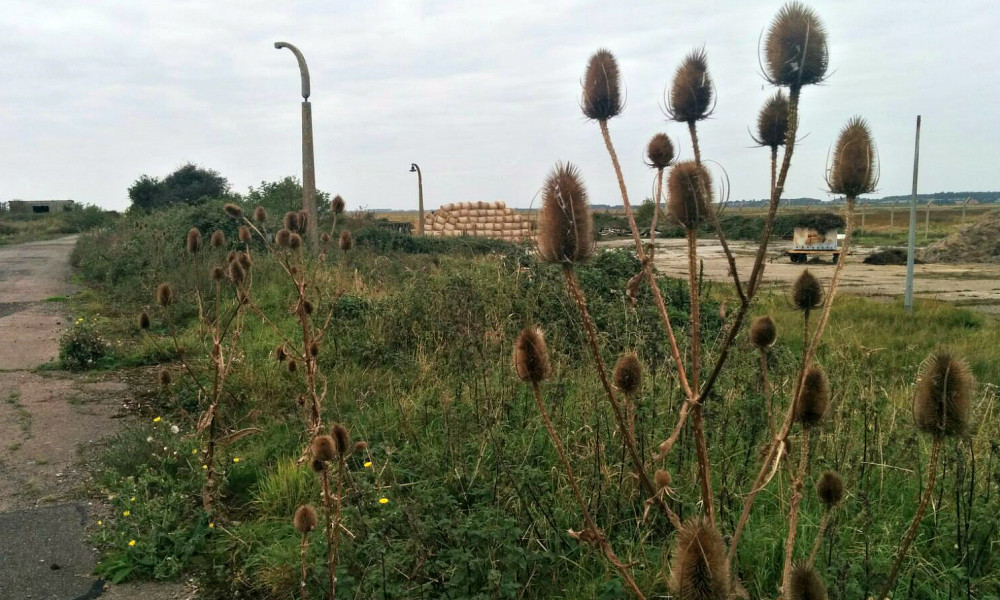
The Tavistock Archives: An Open and Closed Case
Alice White who has recently completed her PhD research using the archive writes.
As the Tavistock Institute of Human Relations’ (TIHR) archives are being catalogued, ready to be opened up to new audiences, I have been thinking a lot about access to knowledge generally, and to knowledge about the TIHR’s history specifically.
About four years ago, when I began researching the history of the TIHR for my PhD, I was warned that the cataloguing of the archives was extremely haphazard and that I might never find the information that I sought. My first encounter with the archives seemed to confirm this to some extent. Having searched the Word-document list for the location of some topics of interest, I requested a box to be brought out from storage. As I nervously took documents from the box (my first real, unguided archive encounter as a Historian), nerves gave way to confusion and a little amusement. Rather than documents on 1950s projects in British industries, these files seemed to concern a 1970s investigation of social groups in the Philippines.* The information that I sought seemed very inaccessible at that moment in the small office; I was extremely fortunate that shortly after my first foray into the archives, the TIHR engaged an archivist to attempt to make sense of the confusion, and they allowed me along for the ride. The archives began to open…
More recent events in my life have also made me conscious about access to information. As I finished my PhD and deposited it in the University of Kent repository, I had to decide what level of access I would permit others to have to this research. I listened to, and read, many discussions of the benefits of open access (such as meeting the scholarly ideal of free exchange of information and having others recognise your work) and the potential pitfalls (could this affect publication opportunities? What about plagiarism?). As you can see from the link above, I decided that if anyone would like to read my thesis, then I was happy for them to do so: it’s now deposited in the British Library too so that it’s even easier to find.
With the arguments around open access still in the back of my mind, I was offered the job of Wikimedian in Residence at the Wellcome Library: I’m now working with two institutions both committed to open knowledge, and thinking up creative ways for people to share and access information is a central part of my role. By coincidence, the Wellcome of course also happens to be where the project archivist Elena Carter is sifting through the TIHR’s archives, so whilst I’m thinking about the sharing of knowledge, I’m never physically far from the TIHR archives that are in the process of being made more open.
In spirit, the TIHR is an organisation which is very open to questioning ideas and sharing knowledge around. In practice, there have been historical restrictions which have prevented their work from being widely shared. These restrictions ranged from organisations’ concerns about their image to the more practical issue of struggling to find somewhere to publish.** Because knowledge of the TIHR’s early work had in many instances been closed-off for various reasons, though I had originally intended that my PhD would be a study of the history of the TIHR from its establishment in 1947, I quickly realised that it would be better (from both my own point of view and the perspective of future researchers) if I looked instead at the TIHR’S wartime foundations.
The process of researching the TIHR’s war work raised lots of questions about who had access to what knowledge, and when, and where, and how, and why. For instance, was it simply serendipity that TIHR’S psychiatrist Eric Wittkower bumped into Lieutenant-General Andrew Thorne in a pub in Scotland, and that Thorne was one of the only Brits who had seen German officer selection methods in action? It seems that it was. On the other hand, the concealment of the psychological underpinnings of a scheme to rehabilitate prisoners of war was certainly deliberate. It was this particular concealment, and the reasons behind it, that I chose to explore in a recent Food for Thought lunchtime seminar at the TIHR, where we discussed how and why knowledge might become open or closed-off. This got me thinking back to my early encounter with the TIHR archive, and when I was asked if I would like to write something for the blog, it seemed obvious where I should begin…
* This was a while ago, so my recollection of the actual contents of the box might well be as far removed from reality as the contents were from what the sparse description in the Word-document said…
** For more on the difficulties of publishing and the Tavistock’s co-creation of the Human Relations journal, see Bill Cooke and Anindita Banerjee’s Food for Thought discussion of How Human Relations Got Its Name: The Journal as Boundary Object.
Alice White recently started as the Wikipedian in Residence at the Wellcome Library. Earlier this year she completed a PhD at the University of Kent which examined the WWII work of TIHR psychiatrists.
Related
Latest Posts By TIHR Archive Project
- 07.12.21No Ostriches in the Sand
- 05.05.21#7 Social Dreaming Matrix: Covid-19 a year on. Notes from 29th April 21
- 04.16.21#5 Social Dreaming Matrix: Covid-19 a year on. Notes from 15th April 21
- 04.08.21#3 Social Dreaming Matrix: Covid-19 a year on. Notes from 1st April 21
- 03.31.21#2 Social Dreaming Matrix: Covid-19 a year on. Notes from 25th March 21